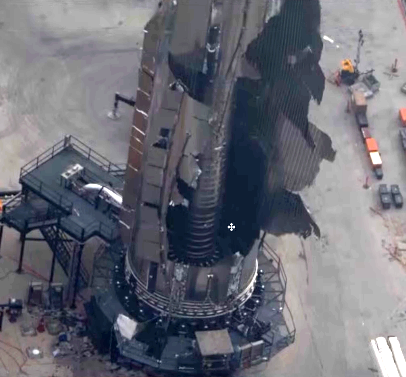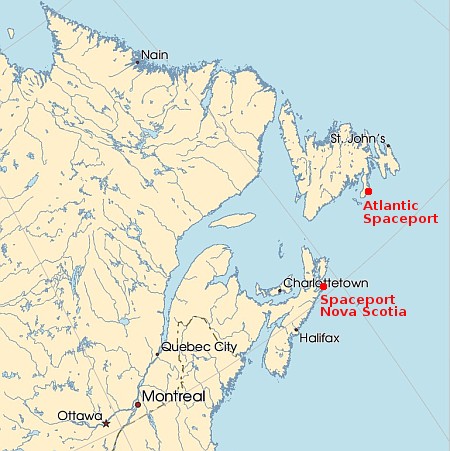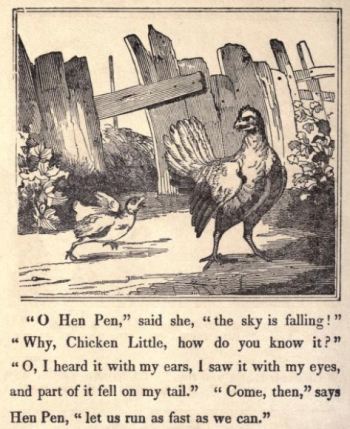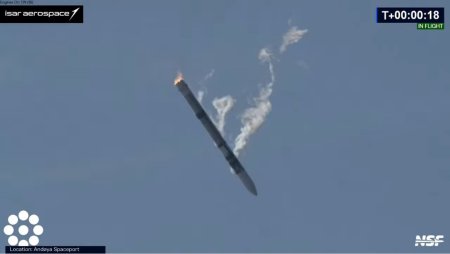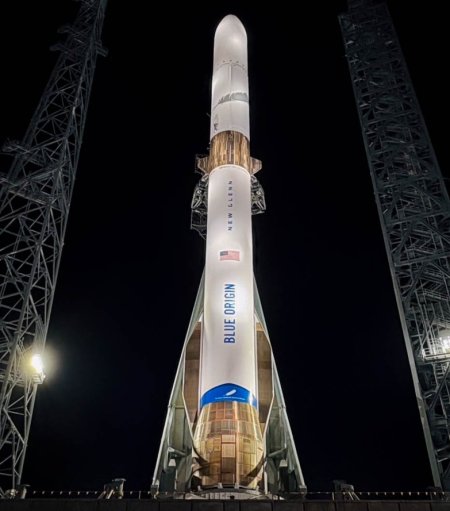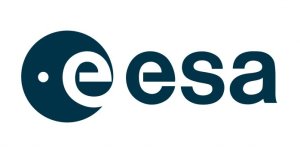NASA downgrades Boeing’s Starliner contract
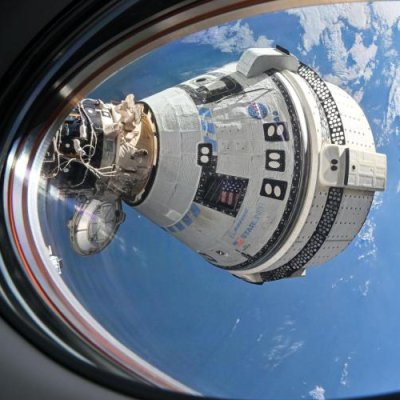
Starliner docked to ISS in 2024.
NASA today announced a major revision to its contract for Boeing’s manned Starliner capsule, changes that will require it to fly one more unmanned cargo mission to ISS before putting people on it again, while also reducing the total number of later purchased manned flights.
As part of the modification, the definitive order has been adjusted to four missions, with the remaining two available as options. The next Starliner flight, known as Starliner-1, will be used by NASA to deliver necessary cargo to the orbital laboratory and allow in-flight validation of the system upgrades implemented following the Crew Flight Test mission last year.
NASA and Boeing are targeting no earlier than April 2026 to fly the uncrewed Starliner-1 pending completion of rigorous test, certification, and mission readiness activities. Following Starliner certification, and a successful Starliner-1 mission, Starliner will fly up to three crew rotations to the International Space Station.
It has been rumored for months that NASA would require Boeing to fly another unmanned mission before certifying Starliner for manned flights. The question that this press release does not answer is whether NASA is paying for this unmanned flight. The original contract was fixed price, and required Boeing to meet certain milestones before further payments. Another cargo flight to ISS was not in that original deal.
I therefore suspect this is NASA’s way to get Starliner certified. Boeing has likely refused to pay for another demo flight, threatening instead in negotiations to cancel the project entirely. NASA however needs to get cargo to ISS. By buying a cargo mission from Boeing (possibly instead of Northrop Grumman’s Cygnus capsule, which is presently hindered because it lacks its Antares launch vehicle), NASA gets that cargo while also saving Starliner.
The bottom line remains fundamental: Will Boeing finally be able to do a successful problem-free Starliner flight in April 2026? We shall have to see. The fact that NASA appears to be reducing the total number of eventual Starliner missions to ISS indicates its own lack of confidence.

Starliner docked to ISS in 2024.
NASA today announced a major revision to its contract for Boeing’s manned Starliner capsule, changes that will require it to fly one more unmanned cargo mission to ISS before putting people on it again, while also reducing the total number of later purchased manned flights.
As part of the modification, the definitive order has been adjusted to four missions, with the remaining two available as options. The next Starliner flight, known as Starliner-1, will be used by NASA to deliver necessary cargo to the orbital laboratory and allow in-flight validation of the system upgrades implemented following the Crew Flight Test mission last year.
NASA and Boeing are targeting no earlier than April 2026 to fly the uncrewed Starliner-1 pending completion of rigorous test, certification, and mission readiness activities. Following Starliner certification, and a successful Starliner-1 mission, Starliner will fly up to three crew rotations to the International Space Station.
It has been rumored for months that NASA would require Boeing to fly another unmanned mission before certifying Starliner for manned flights. The question that this press release does not answer is whether NASA is paying for this unmanned flight. The original contract was fixed price, and required Boeing to meet certain milestones before further payments. Another cargo flight to ISS was not in that original deal.
I therefore suspect this is NASA’s way to get Starliner certified. Boeing has likely refused to pay for another demo flight, threatening instead in negotiations to cancel the project entirely. NASA however needs to get cargo to ISS. By buying a cargo mission from Boeing (possibly instead of Northrop Grumman’s Cygnus capsule, which is presently hindered because it lacks its Antares launch vehicle), NASA gets that cargo while also saving Starliner.
The bottom line remains fundamental: Will Boeing finally be able to do a successful problem-free Starliner flight in April 2026? We shall have to see. The fact that NASA appears to be reducing the total number of eventual Starliner missions to ISS indicates its own lack of confidence.



